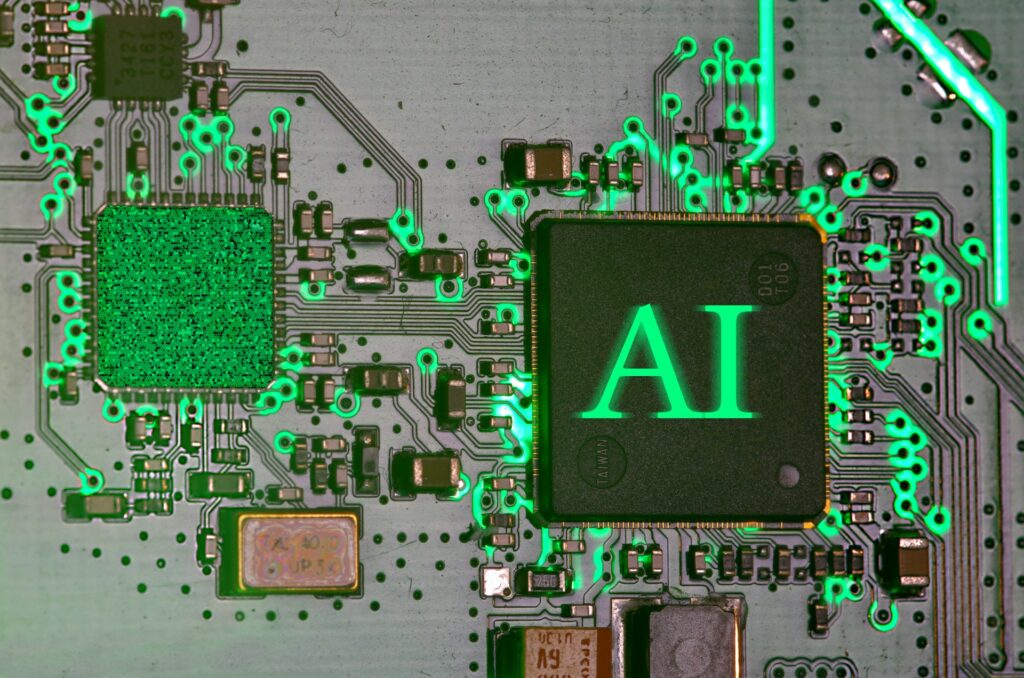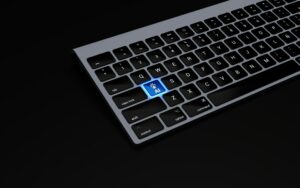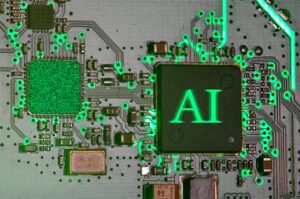The Future of AI Hardware: Neural Chips, NPUs, and Beyond

The Future of AI Hardware: Neural Chips, NPUs, and Beyond
It is becoming more difficult for conventional central processing units (CPUs) and graphics processing units (GPUs) to manage the volume and complexity of artificial intelligence workloads as AI applications spread across sectors. Deep learning, neural network training, and real-time inference are examples of tasks that need specialized processing units that are intended to optimize efficiency, speed, and power consumption among other characteristics. As a result of this demand, artificial intelligence-focused hardware in the form of neural chips, neural processing units (NPUs), and other next-generation solutions has become more popular.
What You Need to Know About Neural Chips and Their Function
Neural chips are processors that have been specifically designed and developed to meet the specific requirements of artificial intelligence algorithms. The acceleration of matrix computations, parallel processing, and large-scale data handling that is necessary for neural networks is made possible by neural processors, as opposed to general-purpose central processing units. Applications like as autonomous cars, robots, and edge devices driven by artificial intelligence may benefit from these processors because they increase the speed of inference, decrease latency, and enable real-time decision-making.
Explaining Neural Processing Units (also known as NPUs)
NPUs are specialized processors that are installed in devices in order to carry out artificial intelligence activities on the edge in an efficient manner. NPUs, which may be found in autonomous machines, Internet of Things devices, and smartphones, are responsible for doing AI calculations locally, hence minimizing the need to transfer data to cloud servers. The responsiveness is improved, the privacy is enhanced, and the power consumption is reduced as a result. The use of neural processing units (NPUs) is especially beneficial for applications such as voice processing, picture recognition, and predictive analytics.
How Artificial Intelligence Hardware Can Improve the Performance of Machine Learning
In many cases, traditional hardware is unable to meet the enormous parallelism and memory requirements of artificial intelligence models. These issues are addressed by neural chips and neural processing units (NPUs), which optimize throughput and minimize bottlenecks. As a result, this makes it possible to train models more quickly, achieve more accuracy in inference, and implement more complicated neural networks in situations that occur in the real world. In this way, artificial intelligence systems become not only more competent but also more scalable.
The Role of On-Device Processing in Relation to Edge Artificial Intelligence
When artificial intelligence algorithms are performed directly on devices, as opposed to depending entirely on cloud infrastructure, this is referred to as edge AI. This is made feasible by specialized artificial intelligence hardware, such as neural processing units (NPUs) and neural chips, which provide the computing capacity required for real-time analysis. When it comes to autonomous cars, industrial automation, and healthcare devices, this method is very necessary since these are all situations in which instant choices are required and network access may be restricted.
Taking into account both power efficiency and environmental concerns
Hardware for artificial intelligence technology of the next generation is built not just for performance but also for energy efficiency. Traditional processors need more power to do artificial intelligence calculations than neural chips and neural processing units (NPUs). Battery-powered gadgets such as smartphones, drones, and wearable technology are quite important, and this not only adds to more environmentally friendly computing methods in large-scale data centers, but it is also highly important.
Accelerators of Artificial Intelligence Tailored to Industry-Specific Applications
The development of customized accelerators for industry-specific activities is taking place in addition to the development of general-purpose neural processors. Computer vision accelerators, for instance, are particularly effective when it comes to analyzing images and videos, while processors that have been tuned for natural language processing (NLP) are better able to handle text-based artificial intelligence. These customized solutions enhance the speed and accuracy of applications that are specifically targeted, which enables artificial intelligence to be efficiently applied in surroundings that are specialized.
Quantum computing’s place in artificial intelligence hardware
Thinking farther forward, quantum computing has the potential to revolutionize artificial intelligence hardware by offering previously unimaginable levels of processing power for intricate algorithms. In comparison to classical systems, quantum processors are capable of doing optimization, simulation, and probabilistic calculations at a noticeably quicker rate. The combination of artificial intelligence models with quantum computing, which is still in the process of being developed, has the potential to redefine what is achievable in machine learning and predictive analytics.
The Obstacles Facing the Development of Artificial Intelligence Hardware
Even if there have been remarkable improvements, the development of AI hardware still confronts substantial obstacles. It may be difficult to design chips that strike a balance between speed, power efficiency, and cost. Ongoing issues include heat dissipation, long-term scalability, and compatibility with software frameworks that are already in existence. Furthermore, because of the continuous development of AI algorithms, hardware must continue to be flexible and adaptive to meet the requirements of the future.
What Role Will Artificial Intelligence Hardware Play in the Next Decade?
Over the course of the next ten years, neural chips, neural processing units (NPUs), and developing accelerators will become more widespread in consumer electronics, corporate systems, and practical applications in the industrial sector. These technologies will make it possible to deploy more intelligent edge devices, accelerate artificial intelligence research, and make decisions in real time at scale. In the future, artificial intelligence will be seamlessly integrated into everyday life, from autonomous transportation and healthcare diagnostics to tailored digital experiences. This will be possible as technology gets more advanced.
Getting Ready for an Artificial Intelligence Revolution Driven by Hardware
To fully use the possibilities of the next generation of artificial intelligence, it is essential for organizations, developers, and technology enthusiasts to have a solid grasp of AI hardware. For the purpose of gaining a competitive edge, it will be necessary to make investments in devices that have specialist processors, to build software that is optimized for neural chips, and to regularly monitor evolving trends in hardware. The development of artificial intelligence hardware represents a transition away from software-centered innovation and toward a hybrid approach in which both hardware and algorithms are responsible for advances.
Moving Beyond Neural Processing Units and Neural Chips
It is expected that hybrid systems, neuromorphic computing, and quantum accelerators will be included in the hardware of the future. Neural chips and neural processing units (NPUs) are now spearheading the revolution in artificial intelligence. Through the implementation of these breakthroughs, the limits of speed, efficiency, and intelligence will be further pushed. As artificial intelligence technology continues to advance, it will make it feasible to achieve achievements that were previously unattainable, therefore redefining human-computer interaction and altering whole sectors.




